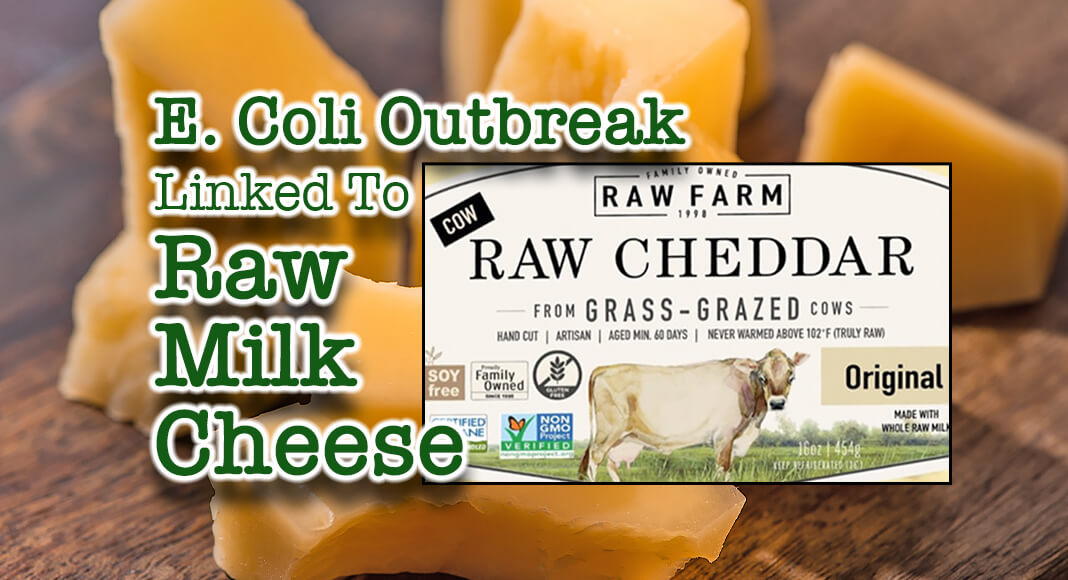
Mega Doctor News
Contaminated Food
RAW FARM brand raw cheddar cheese
- Flavors include original and jalapeno
- All sizes of blocks and shredded packages
- Sold nationwide
- Raw Farm LLC has agreed to recall products and is working with FDA
What You Should Do
- Do not eat any RAW FARM brand raw cheddar cheese. Throw them away or return them to where you bought them.
- Wash items and surfaces that may have touched the contaminated cheese using hot soapy water or a dishwasher.
- Call your healthcare provider if you have any of these severe E. coli symptoms:
- Diarrhea and a fever higher than 102°F
- Diarrhea for more than 3 days that is not improving
- Bloody diarrhea
- So much vomiting that you cannot keep liquids down
- Signs of dehydration, such as:
- Not peeing much
- Dry mouth and throat
- Feeling dizzy when standing up
- Feeling very tired
- Losing pink color in cheeks and inside the lower eyelids
What Businesses Should Do
- Do not sell or serve RAW FARM brand raw cheddar cheese.
- Wash and sanitize items and surfaces that may have come in contact with the contaminated cheese.
Symptoms of E. coli
- Most people infected with Shiga toxin-producing E. coli experience severe stomach cramps, diarrhea (often bloody), and vomiting.
- Symptoms usually start 3 to 4 days after swallowing the bacteria.
- Most people recover without treatment after 5 to 7 days.
- Some people may develop serious kidney problems (hemolytic uremic syndrome, also called HUS) and would need to be hospitalized.
- For more information about E. coli, see the E. coli Questions and Answers page.
Information Source: CDC












